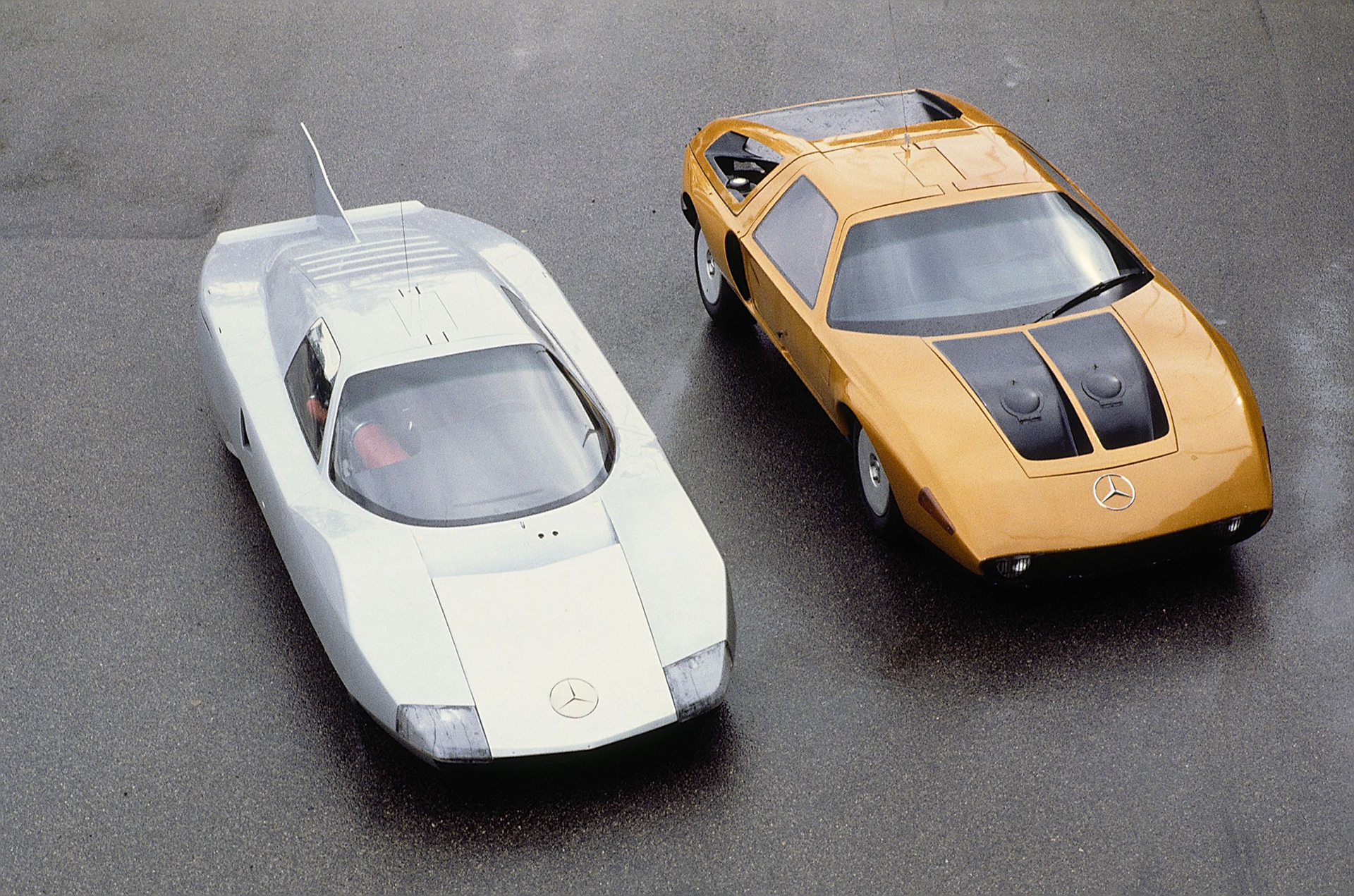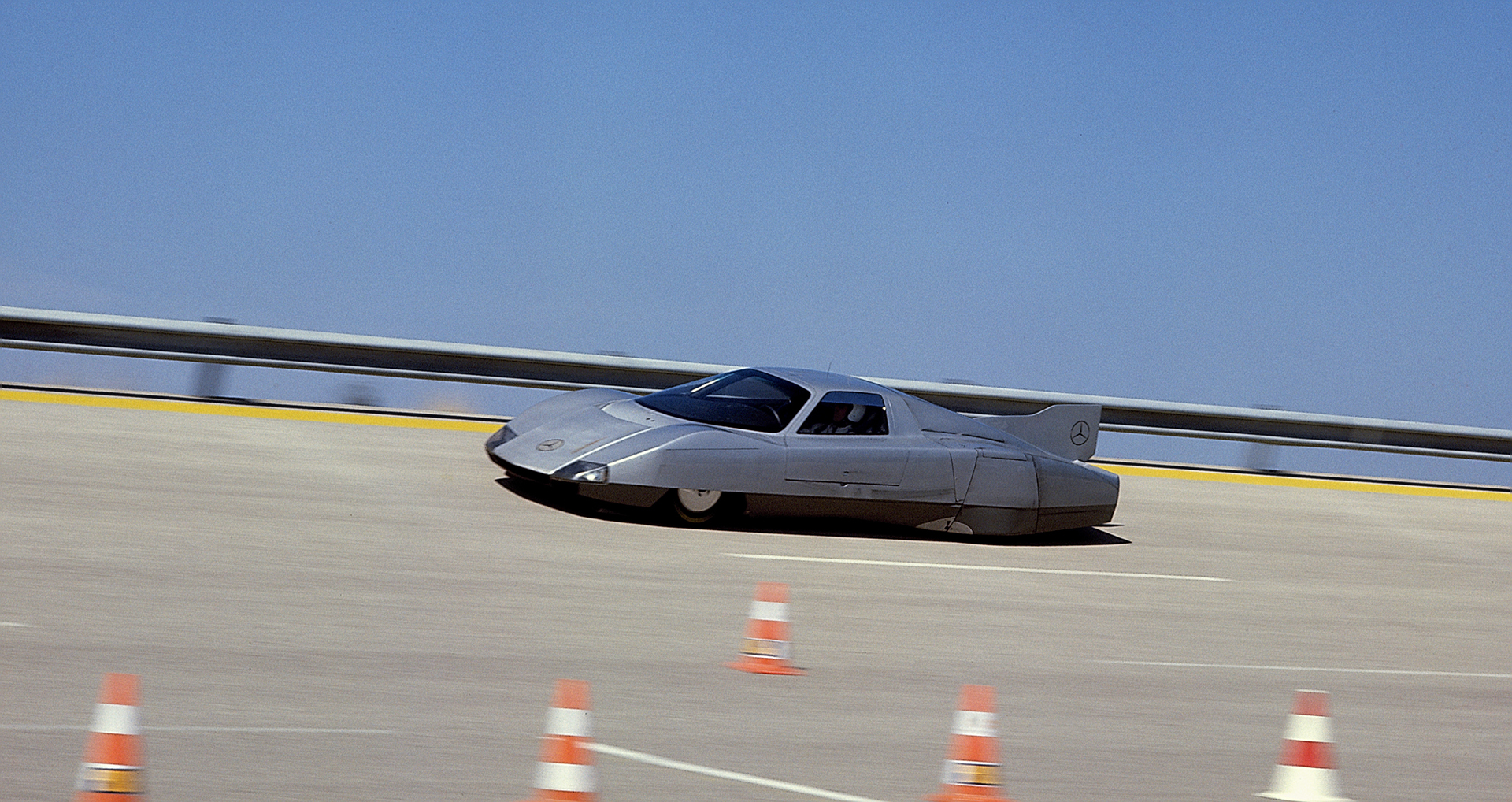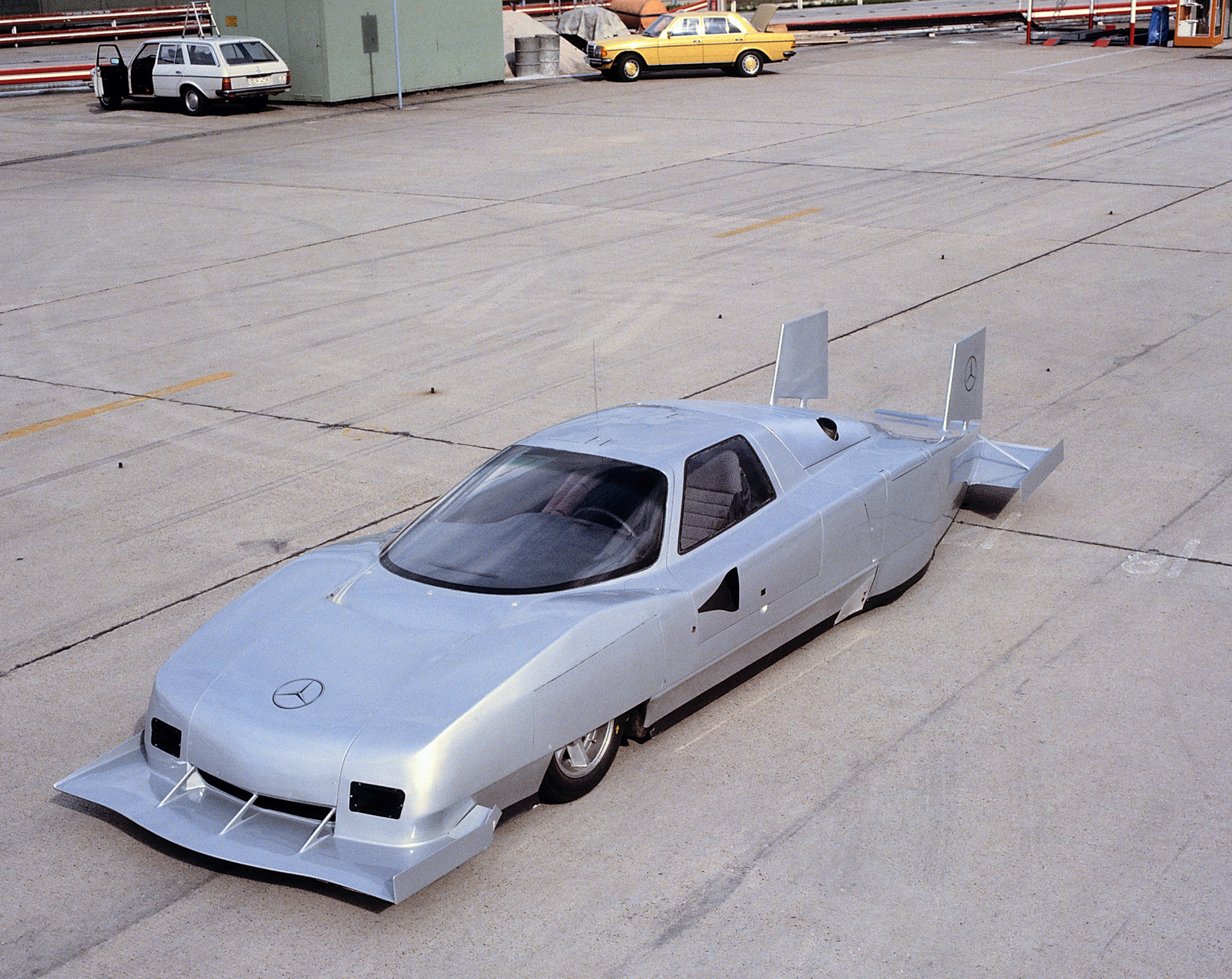Photo credit: Daimler Media, Mercedes-Benz, Wheelsage
The end of the 60s was marked by great technological innovations and achievements for humanity, such as the Apollo 11 moon landing in 1969. The period was also a particularly fertile one for cars, with considerable experimentation happening among the manufacturers at the time. After shelving the SLX project, the new board at Mercedes gave the green light to a series of experimental cars to develop new technical solutions. The code name within the company was C101, later changed to C111 to avoid legal disputes with Peugeot who had registered and patented the three-digit acronyms with a zero in the middle for its models.
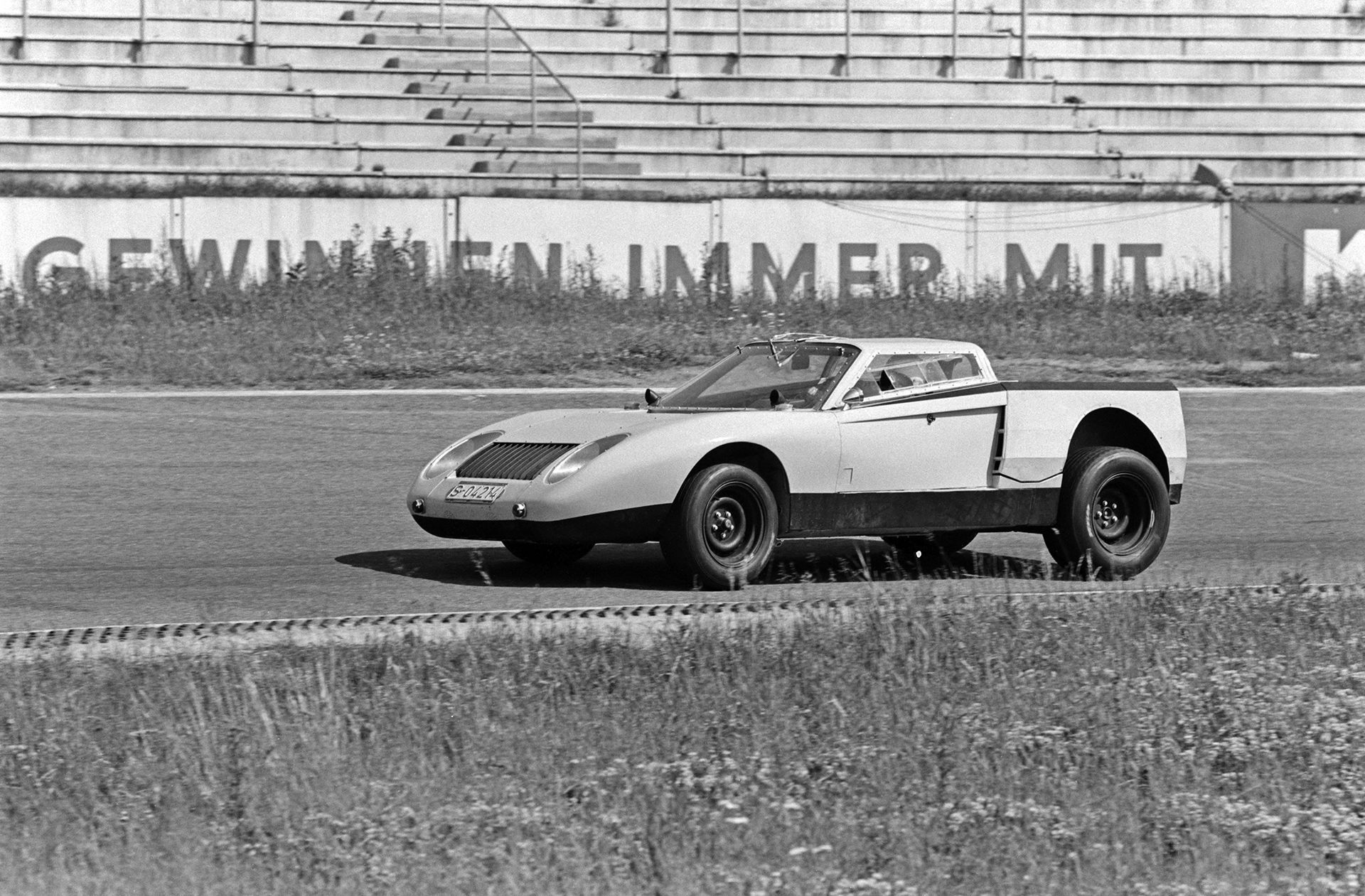
The first tests began in 1969 in Germany, under the direction of Rudolf Uhlenhaut – the creator of the 300SL – on the tracks of Untertürkheim and Hockenheim, with the first prototype equipped with a curious aluminium body just over a metre high from the ground, but above all a three-rotor Wankel engine, a solution that at that time seemed to have a great future after it appeared in the NSU Spider in 1964.
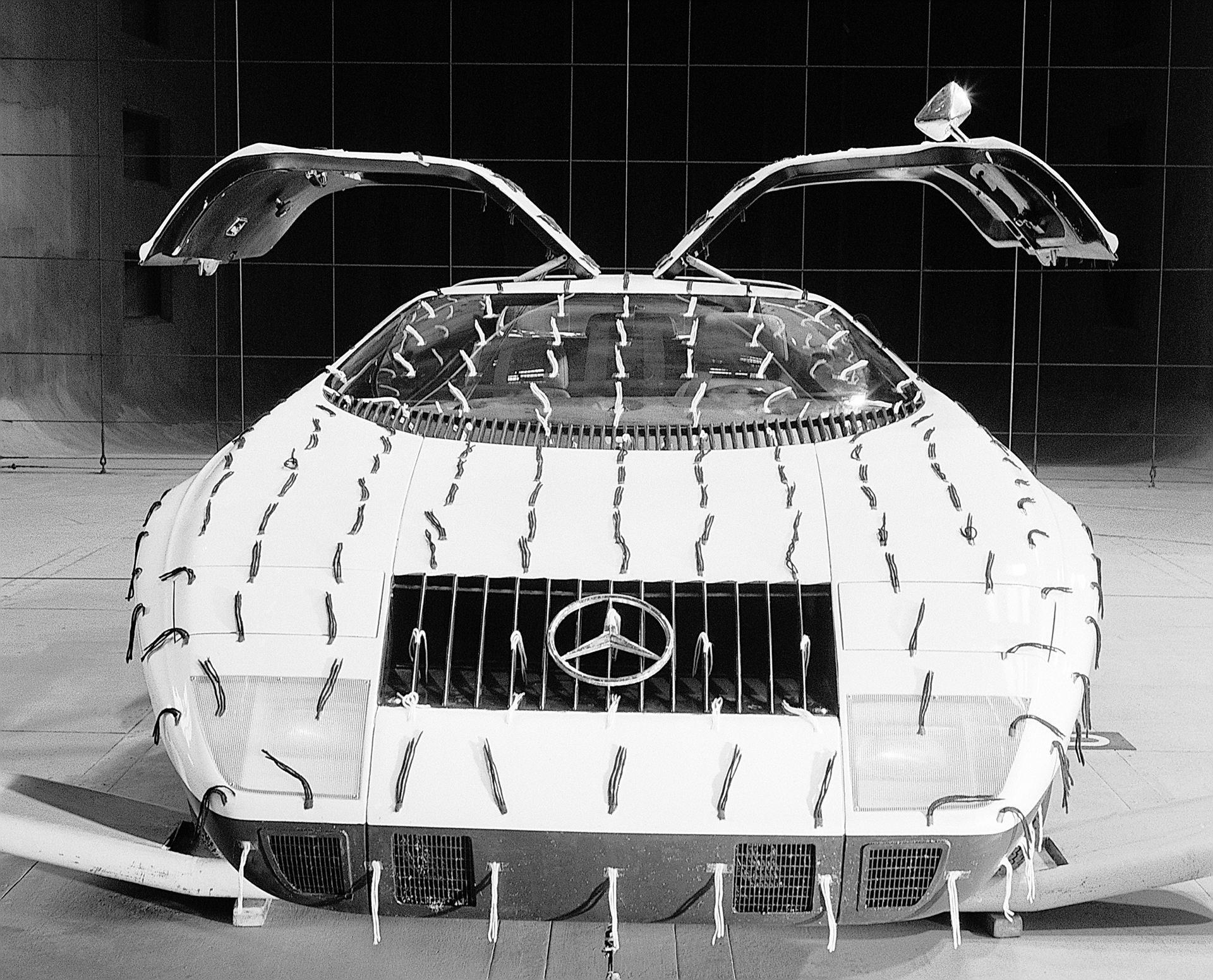
The first appearance of the three-rotor C111 was at the Frankfurt Motor Show in 1969 in the characteristic ‘Weißherbst’ colour (named after a well-known German rosé wine), and it immediately aroused great interest especially thanks to the countless technical innovations that made it appear almost as a spacecraft when compared to the cars of the period: body panels made of fiberglass reinforced plastic combined with an innovative riveting and gluing technique, rear suspension inspired by the F1 cars of the time, and mind-blowing performance with a top speed of 270 km/h and acceleration from 0 to 100 km/h in just 5 seconds.
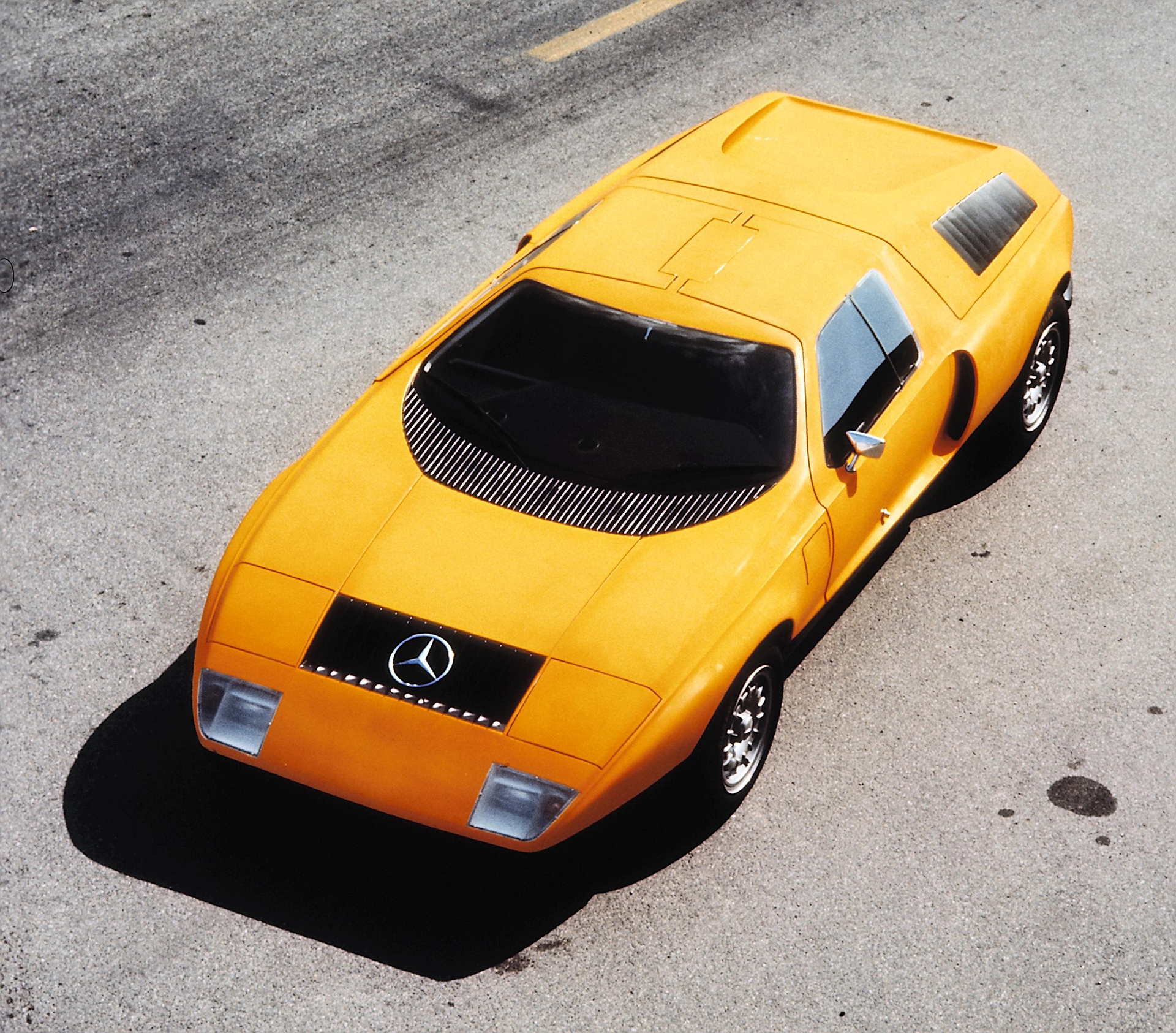
The biggest flaw of the car, however, was the lack of torque at low and medium revs, a problem that led the technicians to develop a second prototype with an elongated wheelbase and more refined aerodynamics, presented a few months later at the 1970 Geneva Motor Show, equipped with four rotors and a maximum power output of 350hp.
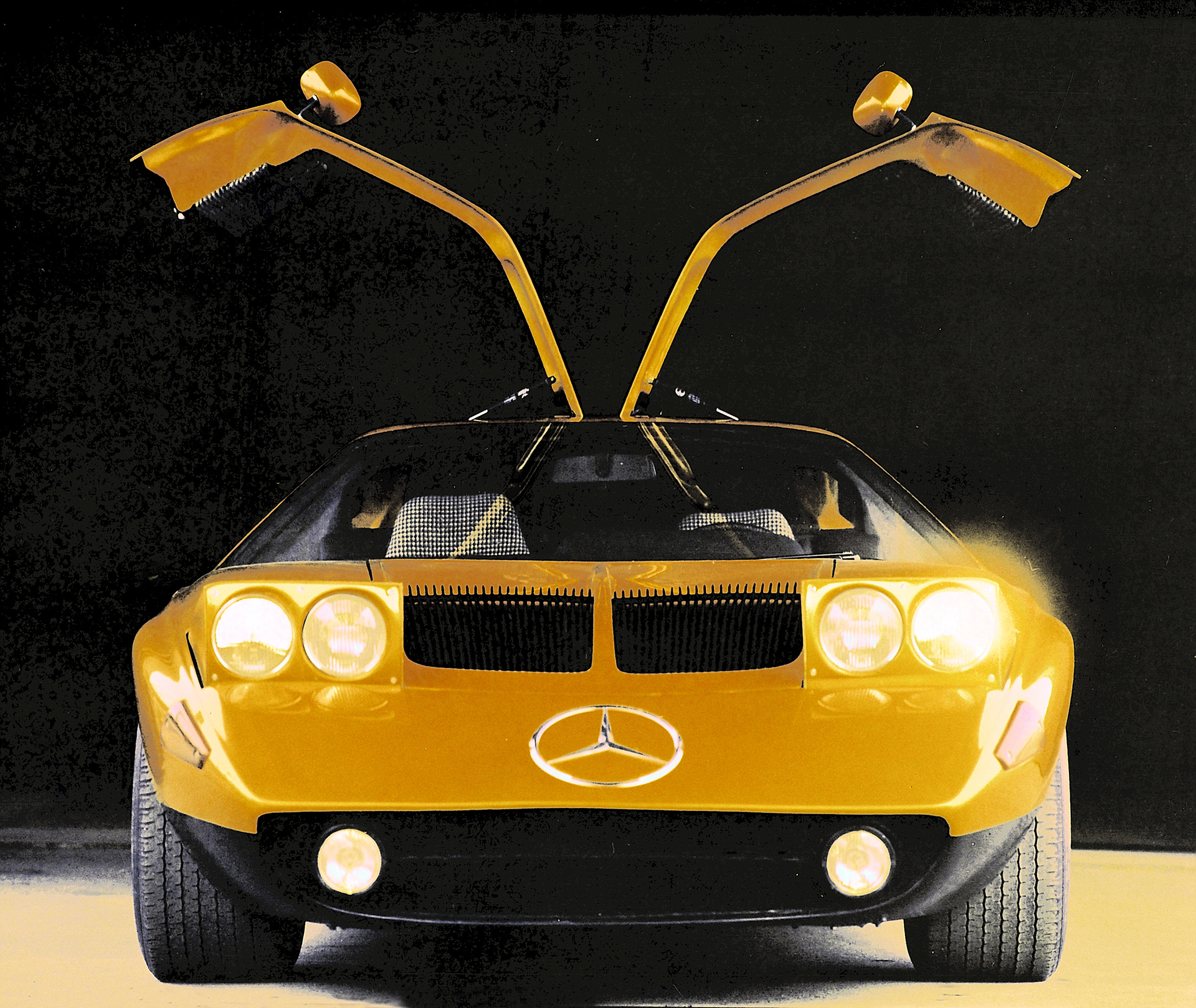
However, the prospect of stricter anti-pollution regulations and the oil crisis of 1973 put an end to the idea of Mercedes offering its customers a Grand Tourer with a Wankel engine. And so the project was steered towards one that looked into ways to enhance the potential of diesel engines, which at the time were viewed with scepticism.
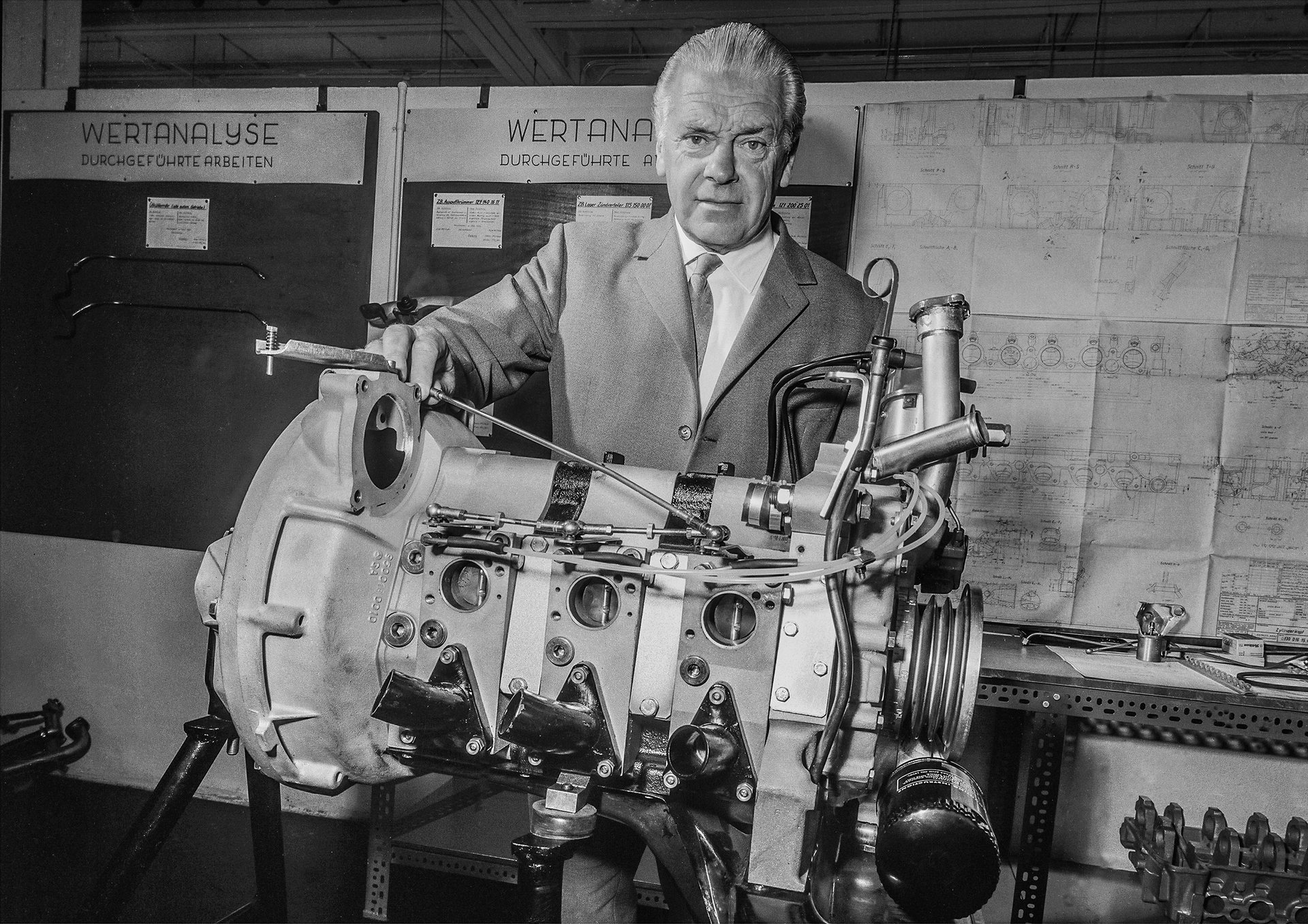
The C111 was subsequently transformed into a real laboratory with a third prototype equipped with a 2999cc supercharged 5-cylinder diesel engine, used for promotional purposes towards diesel fuels, obtaining several speed records on the Nardò track, among which an average speed of 316 km/h (195.4 mph) over a 12-hour cruise stands out as a real achievement.
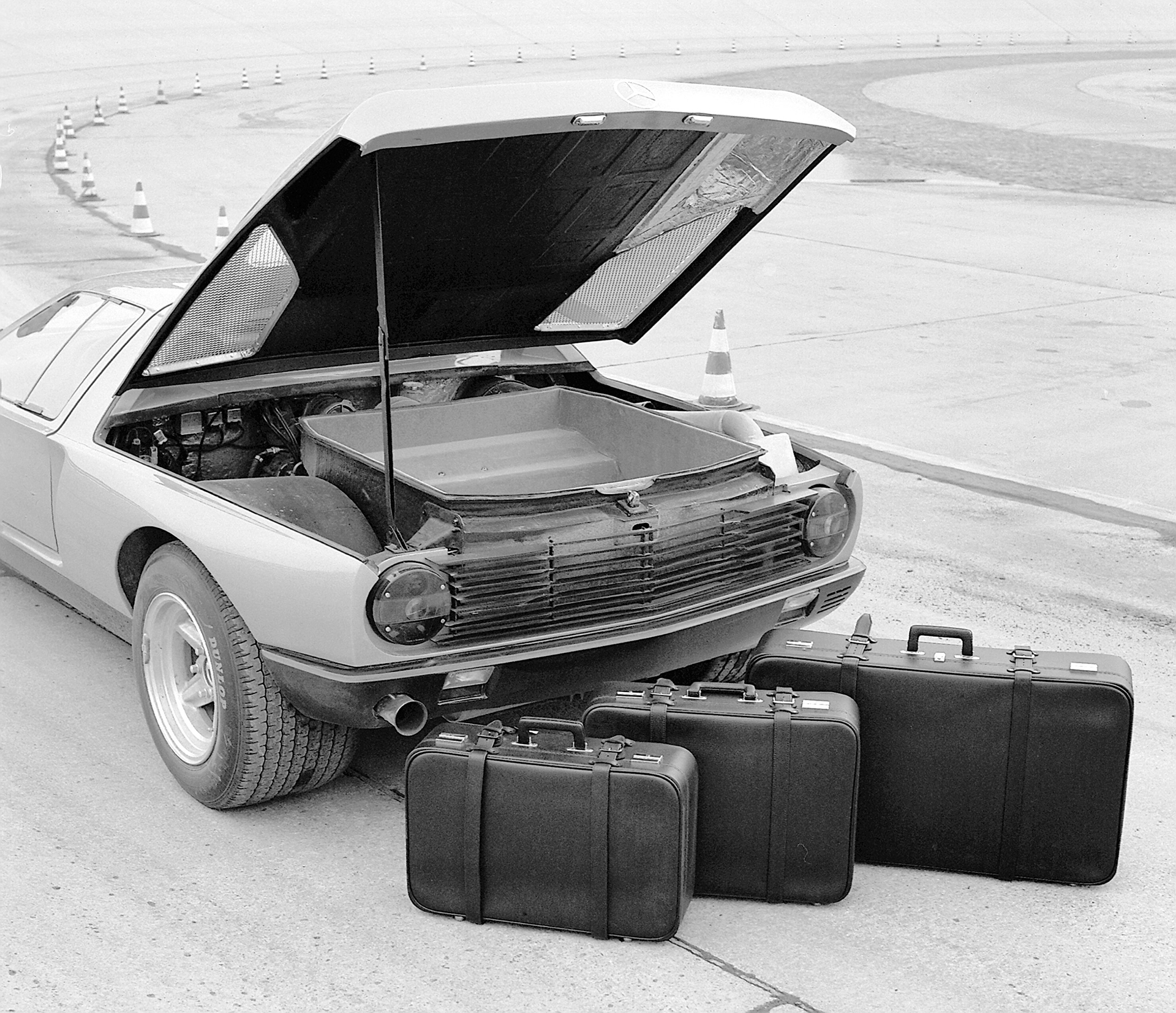
The final development of the C111 was the fourth version, conceived in 1975 to break the world track speed record of 355 km/h, unofficially held by the Porsche 917/30 Can-Am at the Talladega Circuit. Equipped this time with a twin KKK-turbocharged 4800cc V8 petrol engine producing 500hp, along with heavily modified and extremely aerodynamic bodywork on the front and tail, on 4th April 1979, again in Nardò, the car recorded an average lap-speed of over 403 km/h. Despite the construction of 12 examples, including all the versions, the C111 played a significant role for experimentation but remained a dream for the many who would have liked to possess one.
